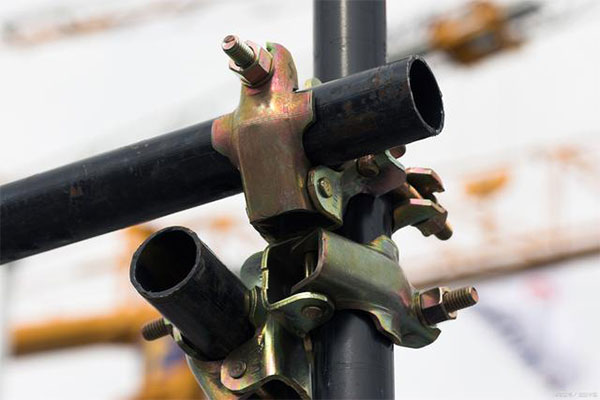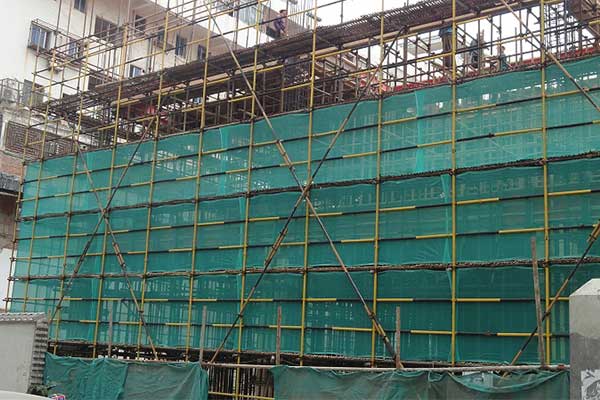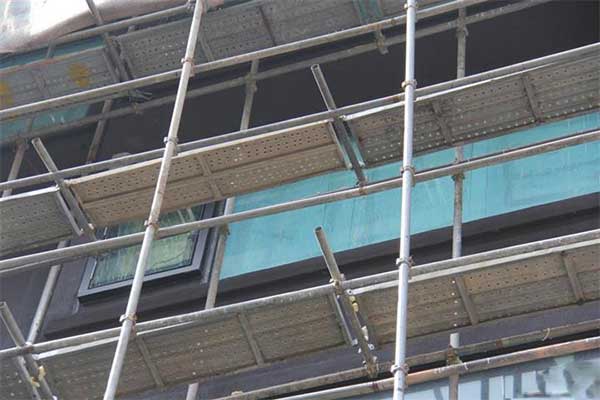Scaffolding Pipe Size Guide
Scaffolding pipes, also known as scaffold tubes, are essential for providing temporary support structures during construction and maintenance work. Understanding the size of scaffolding pipes is crucial for ensuring safety, durability, and efficiency on the job site. In this article, we’ll discuss the standard sizes, materials, and considerations to help you choose the right scaffolding pipe for your project.

What is a Scaffolding Pipe?
A scaffolding pipe is a metal tube used in scaffolding systems to support workers and materials during construction or repair tasks. These pipes form the skeleton of the scaffold structure and must be durable, strong, and capable of handling significant loads.
Standard Scaffolding Pipe Sizes
Scaffolding pipes come in various sizes, but certain dimensions are standardized to ensure compatibility and safety across different systems. The outside diameter (OD) is the most commonly used measurement for scaffold pipe sizing. Let’s explore the common dimensions:
1. 48.3mm Scaffold Tube (1.9 inches)
- OD: 48.3mm (1.9 inches)
- Wall Thickness: Typically 3.2mm or 4mm
- Length: Common lengths range from 1 meter to 6.4 meters, with custom lengths available.
- Weight: Varies depending on wall thickness and material.
The 48.3mm tube is the most commonly used scaffold pipe size, especially in steel scaffolding. It offers excellent strength and load-bearing capacity, making it suitable for heavy-duty projects, including commercial and industrial construction.
2. 60mm Scaffold Tube (2.36 inches)
- OD: 60.3mm (2.36 inches)
- Wall Thickness: Varies, typically 3.2mm
- Length: Varies, similar to 48.3mm pipes.
This size is less common but used in specific applications that require additional strength and stability. It is often found in special scaffolding configurations where higher load capacities are needed.
3. Smaller or Lightweight Tubes
- OD: 25-38mm (1 to 1.5 inches)
- Wall Thickness: Varies
- Length: 2-4 meters typically.
These smaller pipes are generally used in lightweight scaffolding systems, such as mobile scaffolds or for light maintenance work where high load-bearing capacity is not essential.

Material Considerations for Scaffolding Pipes
The material of scaffolding pipes can significantly affect the size and strength of the tube. The two most common materials used in scaffolding pipes are:
1. Steel Scaffolding Pipes
- Galvanized Steel: The most popular choice due to its high strength and resistance to corrosion. Galvanized steel scaffolding pipes are ideal for outdoor use in harsh weather conditions.
- Black Steel: Though less corrosion-resistant than galvanized steel, black steel pipes are still widely used in certain regions for scaffolding.
Steel pipes typically have greater wall thickness (3.2mm or 4mm), making them suitable for heavy-duty scaffolding systems.
2. Aluminum Scaffolding Pipes
- Lightweight: Aluminum is much lighter than steel, which makes it easier to transport and install, but it’s also less robust.
- Corrosion-Resistant: Aluminum scaffolding pipes are naturally resistant to rust, making them ideal for environments where exposure to moisture is a concern.
Due to their lighter weight, aluminum pipes often have thinner walls, typically around 2.0mm, but can still support substantial loads in smaller-scale projects.

Key Factors to Consider When Choosing Scaffolding Pipe Size
Choosing the right size scaffolding pipe for your project depends on several factors:
1. Load-Bearing Capacity
For larger, more complex projects, a standard 48.3mm tube with a thicker wall is recommended to handle heavy loads. For lighter tasks, you can opt for smaller or thinner pipes.
2. Material Type
Consider using galvanized steel for outdoor projects to prevent rust and extend the scaffold’s life. If you prioritize ease of use and handling, aluminum pipes are a great choice for smaller, less demanding jobs.
3. Height of the Scaffold
Taller scaffolding structures require more robust pipes, typically with a larger diameter and thicker wall, to ensure stability and safety at higher levels.
4. Environment
Projects in coastal or industrial environments where corrosion is a concern may require galvanized steel or aluminum pipes to prevent rust and corrosion.
Conclusion
By understanding scaffold pipe sizes, you’ll ensure the correct choice for your construction project, guaranteeing both safety and efficiency on-site. If you’re unsure about the best size, contact us for more information.
